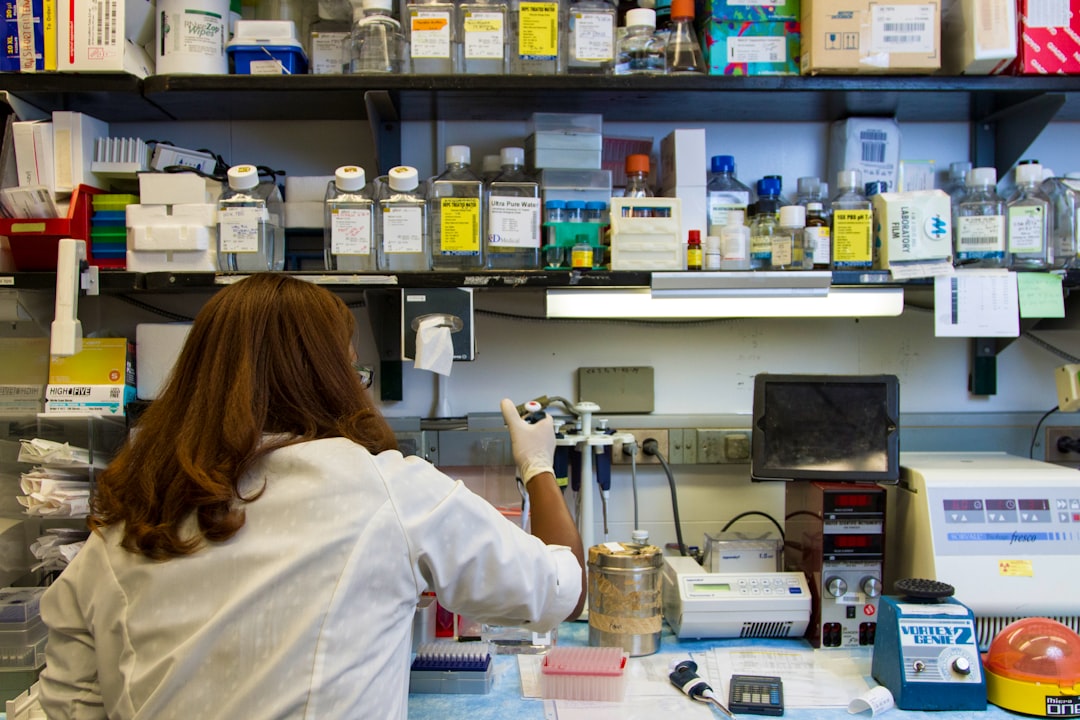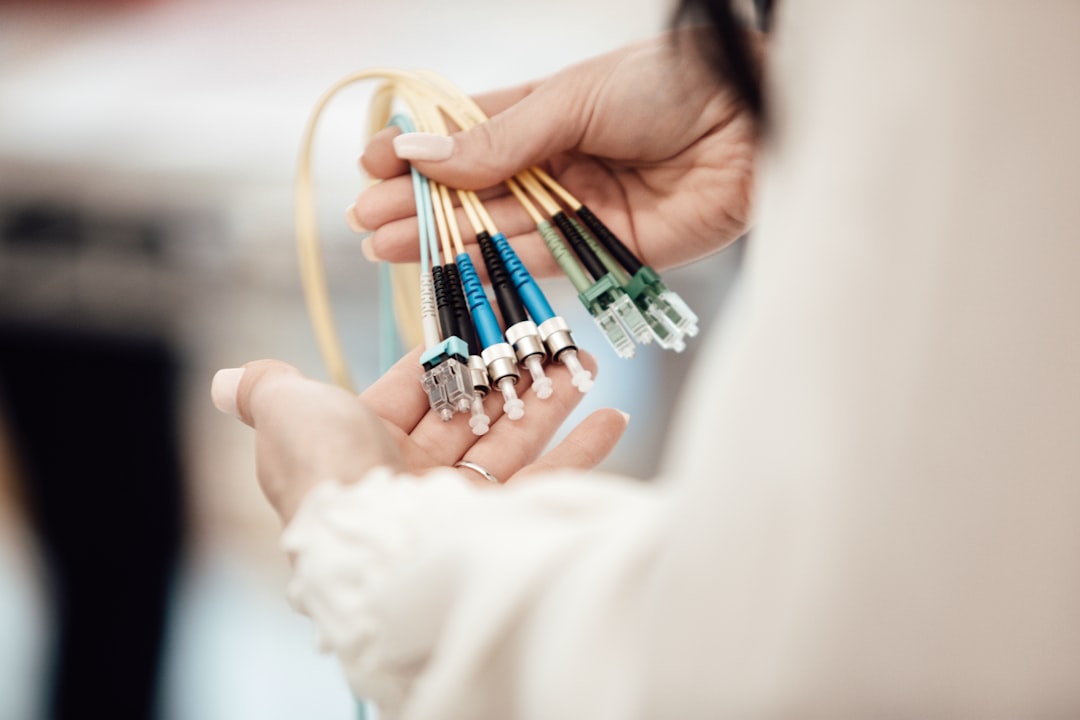
Indonesia is faced with the challenge of ever-increasing domestic food demands as a consequenceof population growth and improvements in people’s purchasing power. To anticipate this, the national food production capacity should be increased through the expansion of agricultural lands and/or improvements in productivity, without which overreliance on food imports would be inevitable. Amidst the massive rate of agricultural land conversion to non-agricultural uses in recent years, increasing productivity must be pursued as the main strategy to boost the national food production capacity.
Statistics show that productivity trends of rice, soybean, and shallot tend to have sloped in the past few years. The national rice productivity seems to be persistent at 5 tonnes per hectare of dried unmilled rice (Gabah Kering Giling or GKG), whereas the shallot and soybean productivity rates tend to be stagnant at 10 and 1.5 tonnes per hectare, respectively, in recent years. These conditions undermine the viability of self-sufficiency in the three commodities. A more positive outlook comes from maize, which has seen a trend of significant increase in national productivity in the past few years. In 2019, the national maize productivity reached 5.4 tonnes per hectare. The use of hybrid maize seeds by Indonesian farmers that amounted to 75.13% was the key driver to the increasing trend. This increasing productivity can also be seen in chili and cayenne pepper.
There is a huge opportunity to increase productivity, both for food crops and horticultural commodities. Bolstering productivity, in general, can be pursued by enhancing land and human resource productivity. In concrete terms, these two can be accomplished by using high-quality seeds, especially those from government assistance; improving farmers’ access to fertilizers; managing pest/plant-disturbing organism infestations; utilizing agricultural equipment and machinery (mechanization) both in pre-harvest and post-harvest processes to minimize production losses; refining cultivation techniques, such as by promoting the implementation of the Jajar Legowo planting system in the lowland rice cultivation at a more massive scale; repairing and expanding irrigation network accesses; using weather modification to mitigate the impacts of climate change; developing the capacity of human resources in agriculture; focusing on the young farmers; strengthening farmer institutions through the farmer group membership; and improving farmers’ access to information technology.
For rice and maize, closing the productivity gap between Java and regions outside Java is key to spurring national productivity. The productivity rates of rice and maize outside Java are 23% and 13% lower, respectively, compared to the productivity in Java. Hence, increasing the productivity of land and farmers in regions outside Java must be the main strategy in stimulating the national rice and maize productivity.



